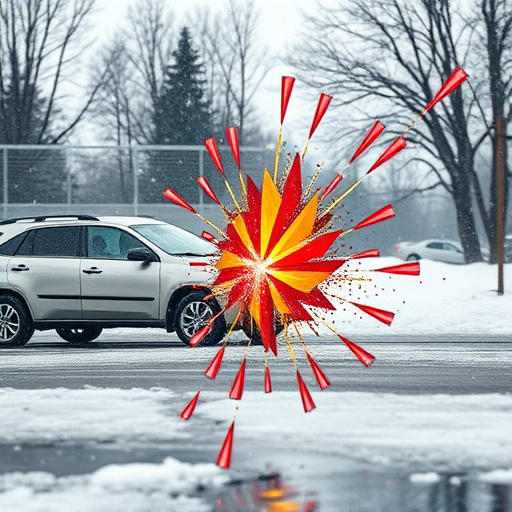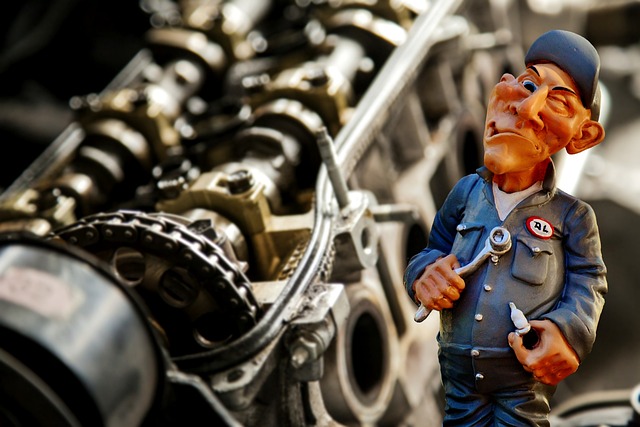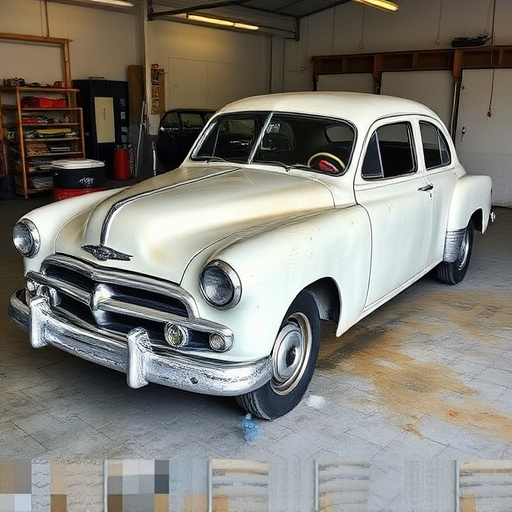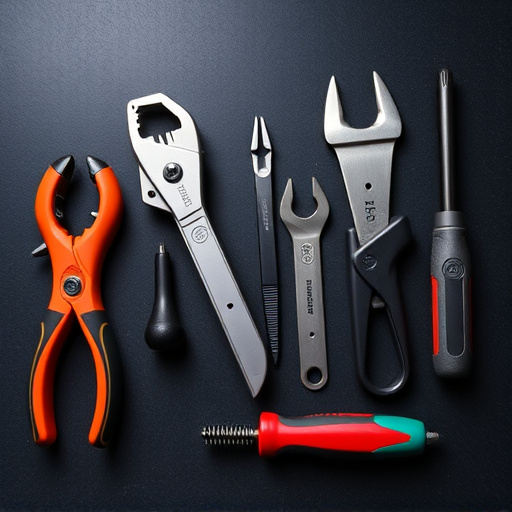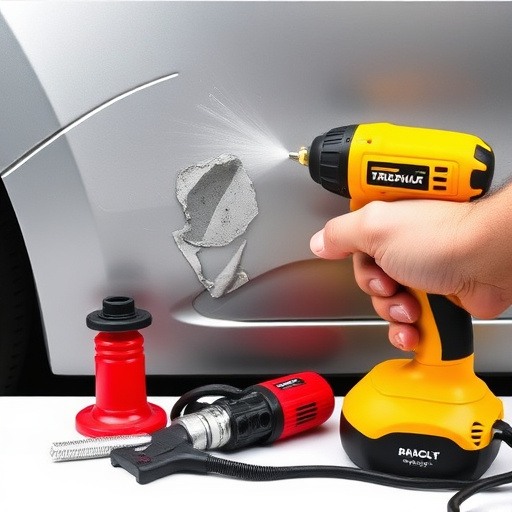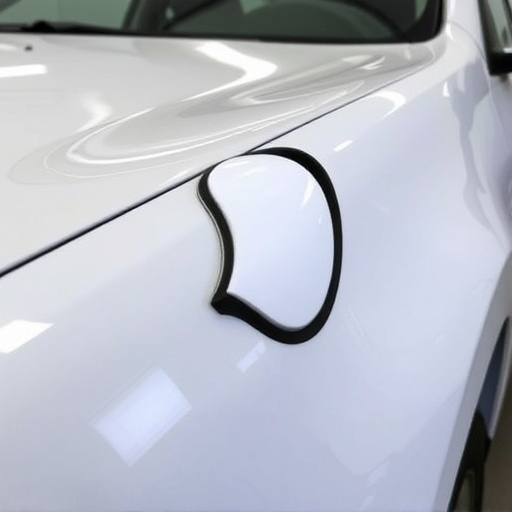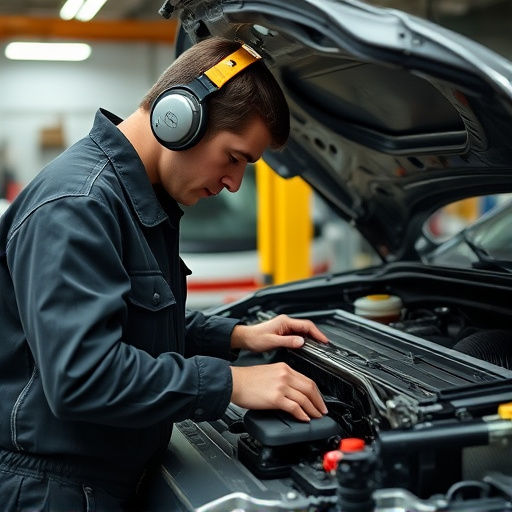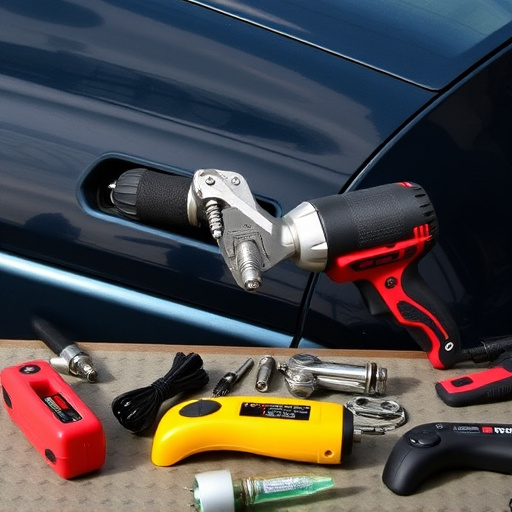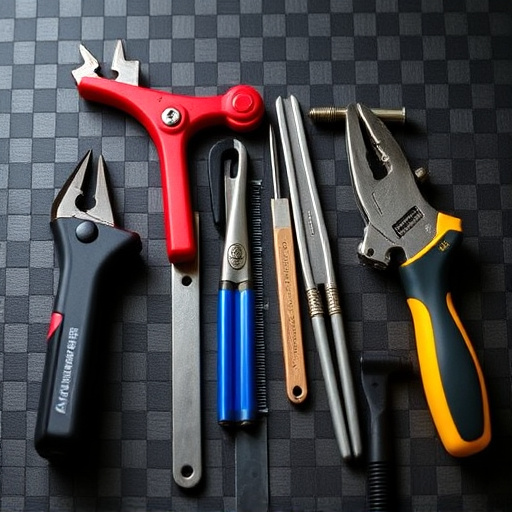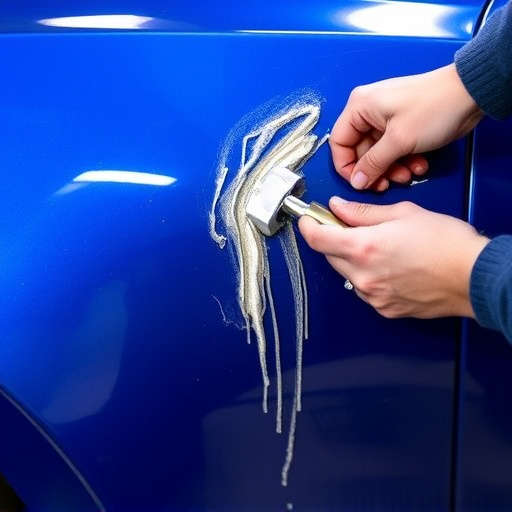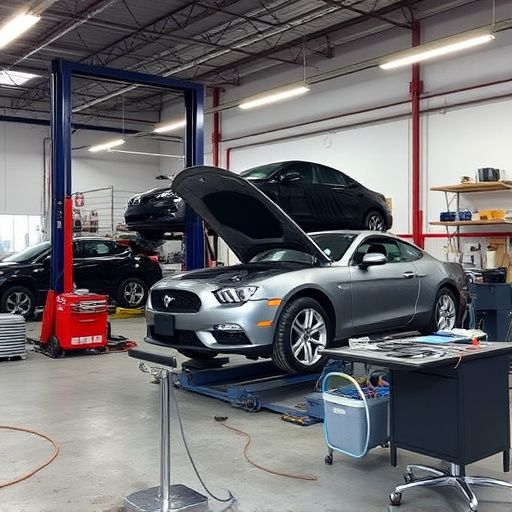Tesla air suspension systems, featuring compressed air tanks, valves, and actuators, offer enhanced dynamics. Regular maintenance is vital to prevent leaks, malfunctions, or sensor failures impacting safety and handling. Skilled technicians diagnose issues like uneven ride height and poor handling through inspections and advanced tools. Repairs involve replacing parts, fine-tuning pressure settings, and ensuring optimal performance through dynamic testing, preserving both safety and driver comfort.
Tesla’s innovative air suspension system offers a smooth, adaptive ride, but repairs are crucial for optimal performance. This guide delves into the intricacies of diagnosing and fixing common issues within the Tesla air suspension. From understanding the complex system to employing effective test procedures post-repair, we provide essential techniques for technicians and owners alike. Mastering these steps ensures your Tesla maintains its renowned handling and comfort, highlighting the importance of proper air suspension repair practices.
- Understanding Tesla Air Suspension System
- Diagnosing Common Air Suspension Issues
- Post-Repair Testing and Optimization Techniques
Understanding Tesla Air Suspension System
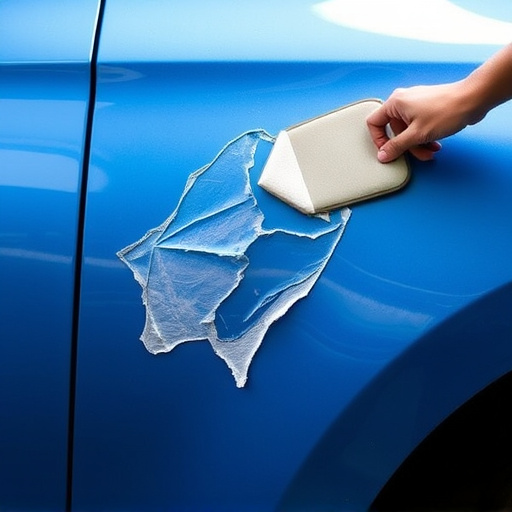
The Tesla Air Suspension System is a sophisticated piece of technology that revolutionizes vehicle ride dynamics. It consists of compressed air tanks, valves, and actuators, all working in harmony to adjust the height and firmness of the car’s springs. This system offers several advantages, including improved handling, enhanced aesthetics through adjustable ride height, and a smoother, more comfortable drive. However, like any complex mechanism, it requires regular maintenance and expert care for optimal performance. Tesla Air Suspension Repair becomes crucial when issues arise, ensuring your vehicle retains its precision and safety features.
Understanding the intricate workings of this system is key to efficient repair. When problems occur, such as unexpected dips in ride height or a rough ride quality, an auto collision center’s expertise is invaluable. Skilled technicians can diagnose issues related to compressed air leaks, valve malfunctions, or sensor failures, which could impact vehicle bodywork. Regular service and timely repairs not only extend the life of your Tesla’s air suspension but also guarantee a seamless blend of cutting-edge technology and exceptional driving experience.
Diagnosing Common Air Suspension Issues
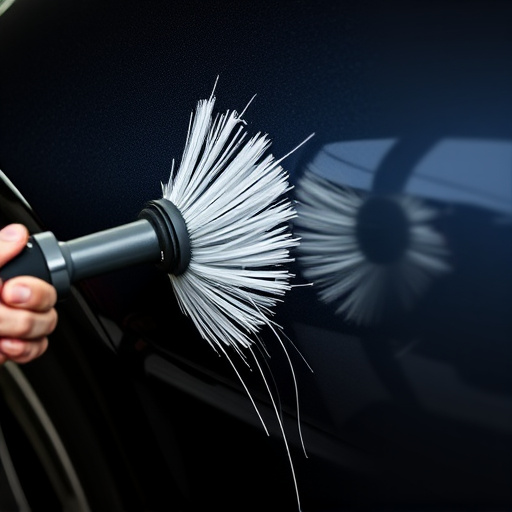
When it comes to diagnosing common air suspension issues in a Tesla, the process begins with a thorough inspection and understanding of the system’s components. Over time, wear and tear can impact various parts, such as airbags, control modules, and valves, leading to problems like uneven ride height, poor handling, or even complete loss of suspension functionality. A qualified technician will check for signs of damage, leaks, or corrosion, using advanced diagnostic tools to identify the specific problem area.
One of the key aspects of Tesla air suspension repair is identifying subtle issues early on. Symptoms may include a noticeable difference in vehicle height when compared side-to-side, unusual noise during driving, or a feeling of instability while turning corners. Prompt attention to these signs can prevent more severe damage and ensure the safety and performance of the vehicle. Many auto repair shops specializing in electric vehicles are now equipped with the necessary expertise and tools to accurately diagnose and address Tesla air suspension repairs efficiently, often utilizing replacement parts specifically designed for these cutting-edge systems.
Post-Repair Testing and Optimization Techniques
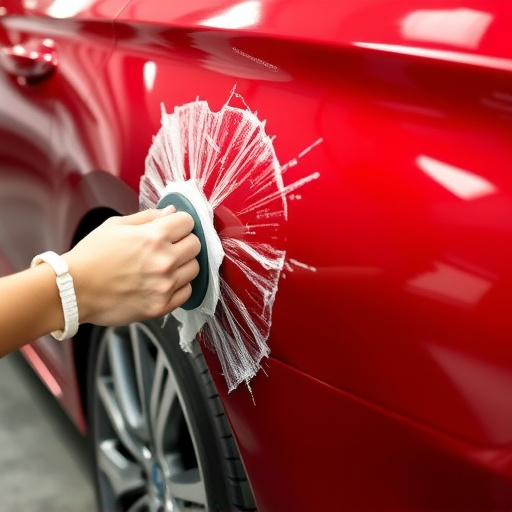
After a Tesla air suspension repair, thorough testing is crucial to ensure optimal performance and a seamless ride. The process involves dynamic testing, where the vehicle’s suspension system is evaluated under various driving conditions, including acceleration, cornering, and speed variations. This helps in identifying any anomalies or adjustments needed for precision.
Optimization techniques may include fine-tuning air pressure settings, checking sensor functionality, and ensuring all components are securely fastened. Auto glass repair and fender repair, while not directly related to the suspension, should also be inspected to maintain overall vehicle integrity. By combining these assessments, technicians can achieve a well-balanced and reliable Tesla air suspension system, enhancing both safety and comfort for the driver.
After understanding the intricacies of the Tesla air suspension system, diagnosing common issues, and implementing effective repair strategies, it’s crucial to finish with meticulous post-repair testing. This ensures that the vehicle’s handling, ride quality, and safety are optimized. By adhering to the discussed techniques, Tesla owners can expect their air suspension systems to deliver both exceptional performance and comfort for years to come, enhancing their driving experience significantly. For any future Tesla air suspension repair needs, these procedures serve as a comprehensive guide.

